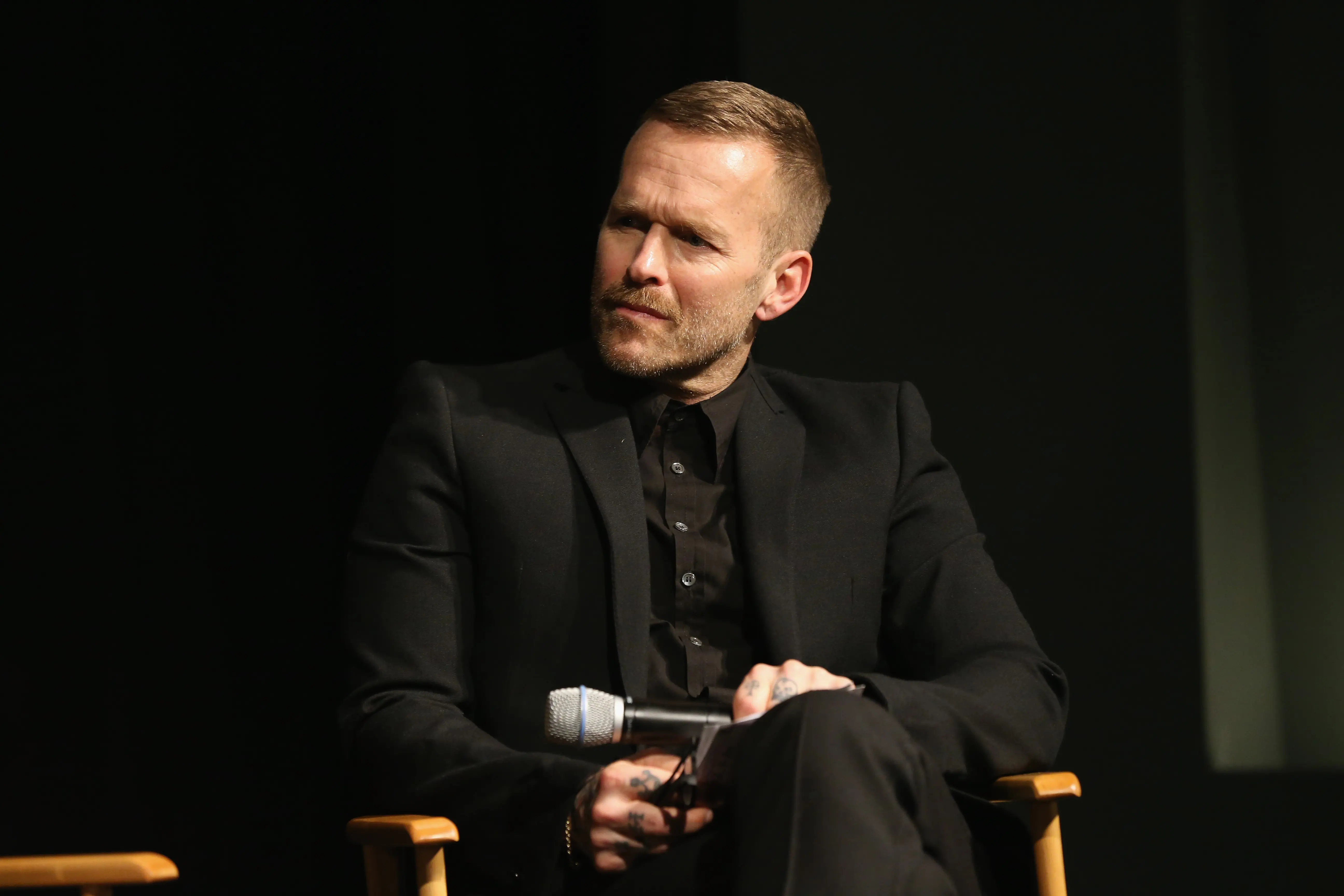Fit for TV: The Reality of The Biggest Loser uncovers behind-the-scenes truths
-
 Celebrity trainer Bob Harper (Image via Getty)
Celebrity trainer Bob Harper (Image via Getty)Fit for TV: The Reality of The Biggest Loser premiered on Netflix on Friday, August 15, 2025, as a three-part look back at the hit NBC reality show that first aired in 2004.
The series followed contestants as they worked with celebrity trainers Jillian Michaels and Bob Harper to lose weight and compete for a $250,000 prize.
Directed by Skye Borgman, the documentary featured interviews with former contestants, producers, health professionals, and trainers.
It explored the impact of the show while also examining its more controversial methods. In an exclusive interview with Variety on August 15, 2025, Borgman explained that rewatching old episodes revealed new issues, saying,
“It was really different watching it now compared to watching it 20 years ago.”
She added that the show was not just about weight loss, but about how people viewed their bodies.
The documentary highlighted how contestants trained for hours each day, restricted their diets, and faced high-pressure challenges.
Trainers were urged to create dramatic moments for television. Executive producer JD Roth admitted the casting approach was deliberate, explaining,
“We were not looking for people who were overweight and happy. We were looking for people who were overweight and unhappy.”
Contestants and trainers shared experiences and concerns in Fit for TV
The documentary gave space to former contestants who looked back on their time on The Biggest Loser.
Season 8 winner Danny Cahill explained that he almost did not take part in the docuseries, worried about being judged for gaining back weight. He later agreed, saying that sharing his story could help others.
Suzanne Mendonca from season 2 also reflected on the demanding workouts and strict environment that shaped her experience in Fit for TV.
Borgman said the program felt harsher when viewed years later.
“All of the problems and all of the things that were there… were sort of magnified,” she explained.
Contestants described long workout sessions, minimal food, and moments where trainers shouted at them. Some challenges, such as the “Temptations,” placed participants in rooms filled with food to test willpower.
Bob Harper admitted that the show sometimes went too far for dramatic effect. He said producers even encouraged scenes of contestants pushing themselves until they vomited.
Harper also shared a personal note, revealing that Jillian Michaels, once his close co-trainer, never called him after his near-fatal heart attack in 2017.
Michaels chose not to participate in the documentary, though she appeared in clips from the show.
The series, Fit for TV also addressed Season 15 winner Rachel Frederickson’s drastic weight loss, a widely discussed moment at the time.
Frederickson did not join the project, but her story was told through others.
Fit for TV producers reflected on choices and cultural impact
Alongside contestants, producers offered their perspective on how Fit for TV: The Biggest Loser was made.
JD Roth described the show as a “movement” that became both entertainment and business.
He explained that casting focused on finding people who were unhappy with their weight, believing it would create emotional television.
Bob Harper, Roth, and fellow producer David Broome admitted that many of the choices were made with television in mind.
They said that while some methods appeared questionable in hindsight, they believed at the time that they were creating compelling programming.
Borgman observed that they still felt proud of some aspects but acknowledged the problems more clearly in 2025.
The docuseries placed the program in the broader context of early reality TV. Borgman noted that Fit for TV: The Biggest Loser began during the “wild west” of the genre, when shows were still testing boundaries. She said,
“For all of its good parts and all of its bad parts, you can look back at the show and you can say that The Biggest Loser definitely made its mark.”
The series also highlighted controversial challenges and the lasting impact on participants.
Stay tuned for more updates.
TOPICS: Fit for TV, Netflix, Fit for TV: The Reality of The Biggest Loser, Skye Borgman, Reality TV
- “A lot of anger issues”- Jackie Warner on Jillian Michaels' behavior amid Fit for TV: The Reality of The Biggest Loser drama
- “Really offensive, frankly”- Fit for TV: The Reality of the Biggest Loser star Jennifer describes the atrocities of the show
- Fit for TV: The Reality of The Biggest Loser star Bob Harper reveals Jillian Michaels never reached out after his 2017 heart attack
- Inside Netflix’s Fit for TV: The Biggest Loser’s legacy of health risks and controversy